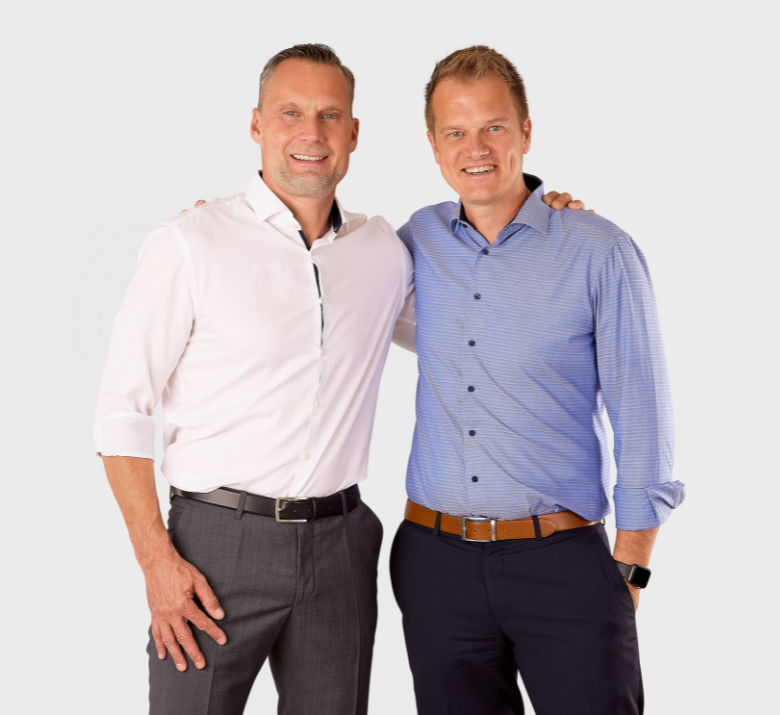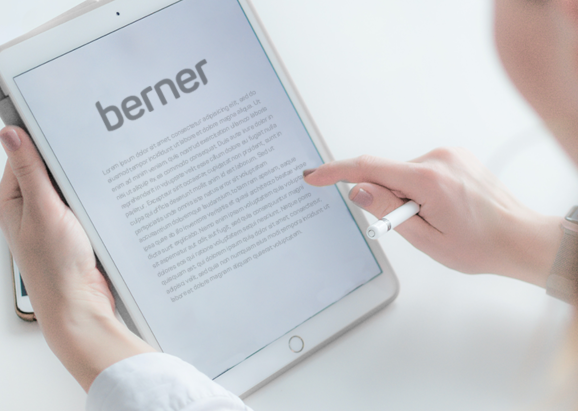DIN 12980
The new DIN 12980 strengthens personal protection
Safety cabinets and isolators for the production of cytostatic preparations are subject to strict requirements to ensure personal and product protection. The basis is the handling of CMR substances or, in general, substances with a high toxic potential, for which the Ordinance on Hazardous Substances and Technical Guidelines, in particular TRGS 400, 525, 526 and 560, as well as the Ordinance on the Operation of Pharmacies, define legally binding requirements. The requirements are specifically laid down in the DIN 12980 standard in relation to DIN 12469, a new version of which came into force in October 2016 and thus defines the current state of the art.
Transition period ends on 1 April 2017
Transitional periods between the new and the old version of the standard will end on 1 April 2017 - at the latest, the new testing requirements will become mandatory in Germany for suppliers of standard-compliant safety cabinets and isolators, but also just as generally for operators in the manufacture of cytostatic preparations in the context of normal pharmacy operations. A number of publications have recently appeared on the new DIN 12980:2017-05, which comprehensively present and discuss the various consequences for manufacturers and operators.
- DIN 12980:2017-05 Laboratory equipment, safety cabinets and isolators for cytostatic drugs and other CMR drugs
- Klein M, Wörl R, Hinrichs T. Safety cabinets and isolators in the cytostatics laboratory - The new DIN 12980. Oncological Pharmacy. 2016; 2: 30-35
- Klein M, Hinrichs T, Wörl R, Krämer I. Amendment of DIN 12980 for safety cabinets and isolators in cytostatics preparation. Krankenhauspharmaize. 2016; 4: 128-137
- Fritsch, F. Management of cleanrooms. Oncology Pharmacy. 2017;1: 42-46
What changes for the operator
For the operator of safety cabinets for cytostatics (SfZ), there are changes not only in the initial procurement. For new installations, safety cabinets for cytostatics must be used in accordance with the new DIN 12980. These are characterised, for example, by a tested, broad safety spectrum around the actual operating point. This is demonstrated at the so-called provocation points. By the way, Claire pure and Claire pro 3 filter systems are the first and currently the only safety cabinets certified according to the new DIN 12980!
Existing systems, annual maintenance and testing:
In the new DIN 12980, all requirements and definitions affecting annual maintenance and testing have been taken over from the previous version or expanded and specified. All previous rules are therefore still binding. Thus, for all existing systems, the personal protection test by means of the KI-Diskus method is essentially required during commissioning, recommissioning, repairs to fans, recirculation air and exhaust air filters or changes to the ventilation and air conditioning system.
The new, more precise version requires that the exhaust air system and safety cabinet be inspected more closely as a unit, and not only during initial provision or commissioning. This explicitly results in the fact that the personal protection inspection must be carried out at least every 12 months. In this context, the following tests are required annually.
- Testing of the technical unit safety cabinet and exhaust air
- Is there a loose connection (inspection of the design)?
- Is there negative pressure in the GMP cover (also known as a draft breaker)?
- Checking the restraint capacity at the work opening (personal protection test using the KI discus test)
For the safety and health of the employees in the laboratory, it is ensured that the exhaust air system and safety cabinet as a unit have continuous personal protection for the duration of use of the system.
Technical implementation of the KI-Diskus procedure
Our services
With decades of experience in testing safety cabinets in pharmacies and hospitals, Berner offers the best possible service. Our excellently trained service technicians are all personally certified by TÜV-Nord and thus offer you reliability and qualified services at the highest level for all tasks. Through optimised planning, we ensure a smooth process and minimised downtimes in operation.
Further services:
- Technical services
- Service for safety cabinets
- Decontamination with H2O2

 Deutsch
Deutsch
 English
English





